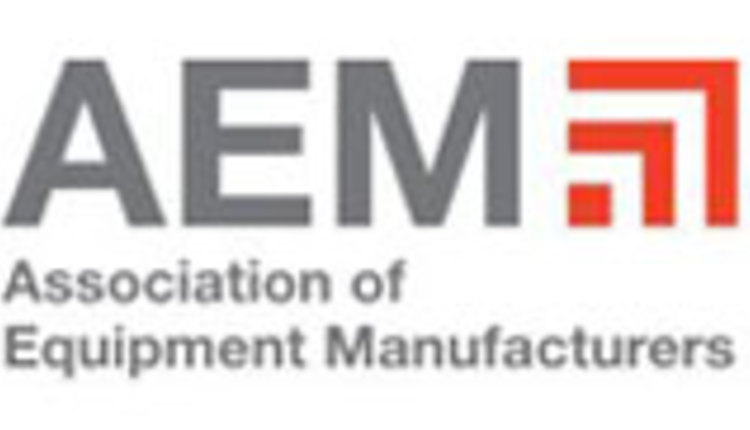
During a Knowledge Nook session at World Dairy Expo, two dairy farmers shared why they chose the milking system they did. For Mitch Moorlag of Edaleen Dairy, he said the decision to go with robots was fairly simple.
Pleased with robots
Moorlag farms with his wife’s family in northwest Washington, just a mile from the Canadian border. The dairy was started in 1975 and slowly grew. The double-41 stall parlor that was installed in 1996 was showing its age, so in 2017, they started to look around at their options.
They had considered a rotary parlor as well, but a few reasons led them toward robotic milking. A major factor was labor. At their location near Lynden, Wash., Moorlag said they are competing for employees with other agricultural commodities, such as potatoes, raspberries, and blueberries. Roofing businesses pull that same labor pool away in the spring and summer.
In addition, Washington established overtime laws for dairy farms for anything over 40 hours per week. Moorlag said their employees wanted to work more than the standard work week, which would require a lot of overtime pay. On top of that, Moorlag noted that some of their long-time employees were nearing retirement age, so they knew they would be losing part of their workforce in the coming years. “The labor side was huge for us,” he reiterated.
They also found their customer base liked the idea of robotic milking, where the cows were on their own schedule. “For customers, everything about the robots was a positive for them,” he said. They added an educational room with a viewing window into one robot box and cameras into a few other robots to show images on large screen televisions.
Since installing their 20 DeLaval VMS 300 robots and moving to complete robotic milking 15 months ago, they have seen a 4% rise in milk production and expect that to climb over time. They are also seeing less lameness and injuries in the herd now that cows are not traveling to and from the parlor.
Automated milking also allows their team more time to focus on the cows, which helps them catch problems quicker and maintain animal health. For these reasons and more, Moorlag said the robots have been “a great deal so far.”
They are currently milking 1,100 cows and will grow to 1,300 cows in the next year. That will max them out on box time for the robots and their freestall availability.
A rotary was his best decision
Derrick Josi is the fourth generation at Wilsonview Dairy in Tillamook, Ore. The dairy was established in 1918, and he started looking at new parlor options 10 years ago. Josi also considered robotic milking, but in the end, he chose to install a rotary parlor when they moved their dairy to a new location out of a floodplain in 2020.
The Josis are currently milking about 720 cows in their DeLaval 50-stall rotary parlor, with capacity to grow to about 1,000 to 1,100 cows. One reason he chose a parlor rather than robots is because he did not want alarms coming in at midnight when something wasn’t working. He preferred to know exactly when cows were being milked and when breakdowns could arise, and he has been more than happy with his choice.
“The rotary has been an amazing experience,” Josi shared enthusiastically. “The rotary is by far the best decision I have ever made in my life.”
Josi is pleased with his rotary parlor for several reasons. At 2x milking, they saw an improvement in milk production. Milking is also faster, and the last cow in each group to get onto the rotary is still back in the freestall barn in less than an hour. “This system allows them to just be cows,” Josi noted. Cow comfort and cow flow was important to him.
Labor was also a consideration for Josi when choosing his milking system, but he didn’t want to reduce his labor force. Instead, he maintained his employees and actually gave them a pay raise since they were milking fewer hours per week as he didn’t want their quality of life to go down. The milkers now work eight-hour split shifts five days a week. The improved working environment and pay bump has resulted in better employee retention and higher quality employees, both positives in Josi’s mind. With the efficiency of the rotary parlor, Josi believes his labor needs are similar to what would be needed in a robotic setup.
Like Moorlag, he also considered the public perception aspect, as he hopes to do more agritourism on the farm in the future. For Josi, he felt watching cows be milked as they slowly rode the rotary parlor would give guests a positive image of modern, large scale dairy farming.
Do your homework
Moorlag and Josi said they toured multiple other farms before deciding what milking system they wanted to install. Questions about milk production, cow health, and reliability of service were at the top of their list. They emphasized the importance of getting opinions from other dairy producers. “When you talk to the producer, that’s when you find the answers,” Moorlag noted.
These dairymen chose their milking system for similar reasons, but their final decision depended on what was best for them. After doing research and considering all their options, both came to a conclusion they are satisfied with.
For our 1,000+ Producers
Welcome to this new section in Hoard’s Dairyman, tailored specifically to you. Here we will provide content focused on the unique requirements and challenges found on operations milking more than 1,000 cows.











